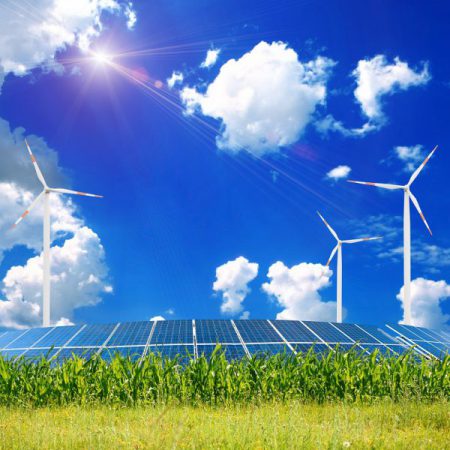Riya Rachel Mohan
Center for Study of Science, Technology and Policy (CSTEP)
The Government should engage with independent platforms, civil society organisations, and research institutions to prepare emission inventories that capture the finer nuances.
New Delhi: The recent Leaders’ Summit has signaled a strong comeback by the United States into the climate fold. Other major economies like Canada and Japan too have ramped up their climate targets, indicating a global thrust towards emissions reduction. With this build-up of momentum, India will also be pushed to revise its climate commitments. Given the ongoing efforts to revive the economy damaged by the pandemic, this is an opportune time for India to both take stock of its emissions and devise new pathways for a sustainable future.
As part of the Paris agreement, India has committed to bring down the emissions intensity of its gross domestic product (GDP) by 33–35% in 2030 from the 2005 levels. To keep a track on the progress made, United Nations Framework Convention on Climate Change (UNFCC) mandates that non-Annex I parties (developing countries including India) submit their Biennial Update Report (BUR) with their emission inventories not older than 4 years. So far India has submitted two National Communications (NCs) in 2004 and 2012 and three BURs in 2016, 2018, and 2021. India’s latest emission inventory, submitted earlier this year, contains the estimates for 2016.
Both the NC and BUR present inventory at a sectoral level for the whole of India, with no disaggregation across states. The states have diverse socio-economic profiles with different sources of greenhouse gases (GHGs) and varied trends across regions. Therefore, a national estimation alone may not be enough to capture the reality on the ground and guide future strategies. To accurately track India’s progress and upgrade its climate goals, it is, therefore, essential to update the inventory with the latest available data at the regional level as well.
An updated inventory would help in better assessing climate financing needs. As per the preliminary estimates in India’s Nationally Determined Contributions (NDCs) document, India may need US$ 2.5 trillion (at 2014–15 prices) between 2015 and 2030 for climate action. However, a recent study by Climate Policy Initiative estimates that the total green finance flow in India from 2016 to 2018 was only around US$ 38 billion. An updated sectoral inventory at the regional level would help in prioritising mitigation strategies, identifying most suitable projects and attracting climate funds.
Among other good practices, comparing the estimates with independent inventories such as the Greenhouse Gas Platform India (GHGPI) could help establish credibility. GHGPI, a civil society initiative of which CSTEP is a part, provides independent national- and state-level sectoral emission estimates from the baseline year (2005) using credible data sources, such as government statistical reports, which are already available in the public domain. The overall emissions reported by GHGPI for 2010 and 2014 were only 4% and 2% higher than those reported in the first and second BURs, respectively. Therefore, comparing emission inventories with independent estimates could act as a quality control check as well.
The Way Forward
The national GHG inventory preparation is a time-consuming process, throwing up emission estimates that are dated. Though India is preparing a National Inventory Management System (NIMS) to ease the process of coordinating with various departments, this is still a work in progress. In order to expedite it, the government should develop a centralised online repository of emissions data that may also be used by various experts and researchers. This portal may collate, through online links, data collected by various government bodies and departments. This would enable effective and seamless data gathering, transparency, and improved data quality by reducing human error, while recording the latest estimates.
Similarly, developing state-level emission inventories could further help in improving national-level estimates. This is necessary especially since the emission reduction commitments are made at the central level, without taking the states into confidence. Recently, the Ministry of Environment, Forest and Climate Change (MoEFCC) directed the states to revise their State Action Plans on Climate Change (SAPCC) in line with national goals. Preparing appropriate state objectives and strategies can only be achieved if state-level emissions are accurately estimated at a sectoral level. But the states currently lack the capacity to build GHG inventories and identify key emitting sectors. To train departments in preparing state-level inventories, Government should organise capacity-building workshops. Additionally, providing a uniform template for the collection of sectoral data across states might ease and standardise the inventory preparation process.
Going forward, India needs to submit the first Biennial Transparency Report (BTR) in 2024. Considering the reporting requirement of BTR, it is will be helpful to have an updated system in place. For this, the Government should engage with independent platforms, civil society organisations, and research institutions to prepare emission inventories that capture the finer nuances. Such a detailed and updated inventory will help India stay on course with regard to its climate ambitions.












